Plastic household storage containers are among the widely used organizational tools in modern homes. They come in a variety of shapes, sizes, and designs, each serving different purposes depending on the needs of the household. One common type is the clear plastic container. These are often used in kitchens and pantries to store dry food, spices, or snacks. Their transparency makes it easy to identify contents without opening the lid, which is especially helpful when managing multiple containers.

Another type is stackable plastic containers. These are designed to be placed on top of each other, making them ideal for vertical space. They are frequently used in closets for storing seasonal clothing, accessories, or household supplies. Lidded plastic bins are another popular category, offering protection against dust and moisture. They are particularly useful for long-term storage, whether for keeping holiday decorations, extra bedding, or children's toys.
Smaller plastic containers with compartments are often used for organizing items such as craft supplies, sewing tools, or hardware pieces like screws and nails. These ensure that small objects remain separated and easy to find. On the other end of the spectrum, large heavy-duty containers are designed for garages, basements, or outdoor sheds. Made from stronger plastic, they are capable of holding bulkier items such as sports equipment or garden tools.
In addition, plastic drawer units provide a convenient alternative to traditional furniture. These units feature several drawers that can be used in bedrooms, bathrooms, or offices for organizing everyday items. Overall, the wide range of plastic household storage containers makes them versatile tools for maintaining order in every part of the home.
Selecting the right size of space-saving shoe storage depends on both the number of shoes to be stored and the available space within a home. The step is to assess the shoe collection. A household with a few pairs may only need a small rack with two or three tiers, while a family with multiple members and larger collections may require taller racks or larger storage systems. Keeping in mind the frequency of use is also helpful—shoes worn daily should be stored in easily accessible units, while less frequently used footwear can be placed in larger, long-term storage.
Measuring the available space is another important factor. For narrow entryways or hallways, compact racks that fit against the wall are ideal. In bedrooms or closets, wider and taller racks can be accommodated, making it easier to store more pairs without using additional floor space. For very limited spaces, over-the-door shoe organizers or under-bed storage options provide practical alternatives. These designs make use of unused areas, allowing shoes to be kept neatly without interfering with daily movement around the home.
Another way to determine size is by considering shoe types. Flat shoes, sandals, or slippers require less depth, while boots and athletic shoes need more height and sturdiness. Adjustable racks and modular designs can be especially helpful, as they allow households to customize storage according to the variety of footwear.
Finally, it is useful to think about future needs. Choosing a shoe storage system that has a little extra capacity ensures that new purchases can be accommodated without creating clutter. By evaluating collection size, available space, and shoe types, households can determine the suitable size for space-saving shoe storage that maintains order while fitting comfortably within the home environment.

 English
English 中文简体
中文简体


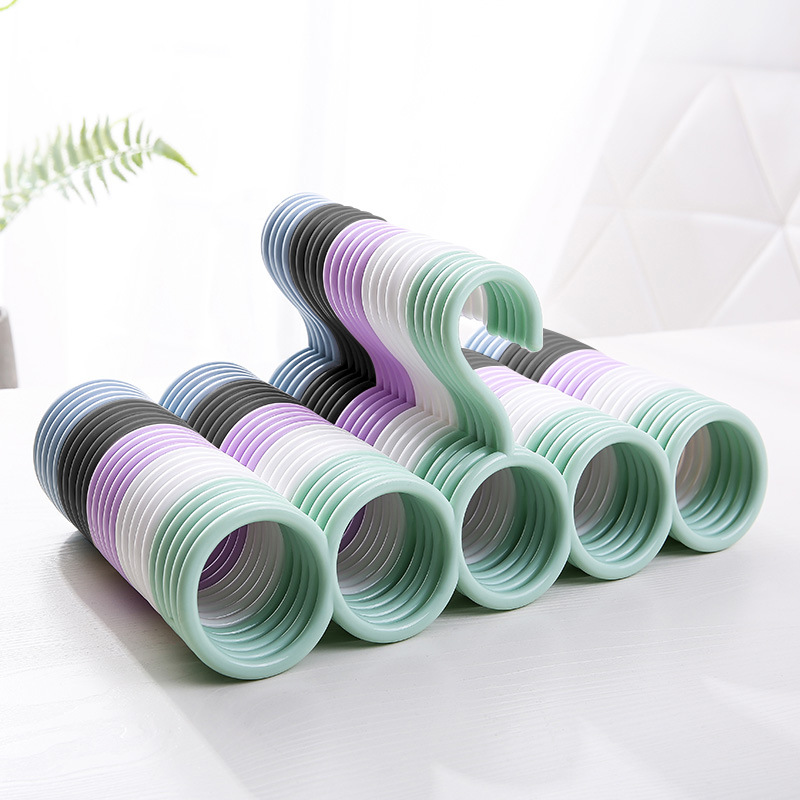
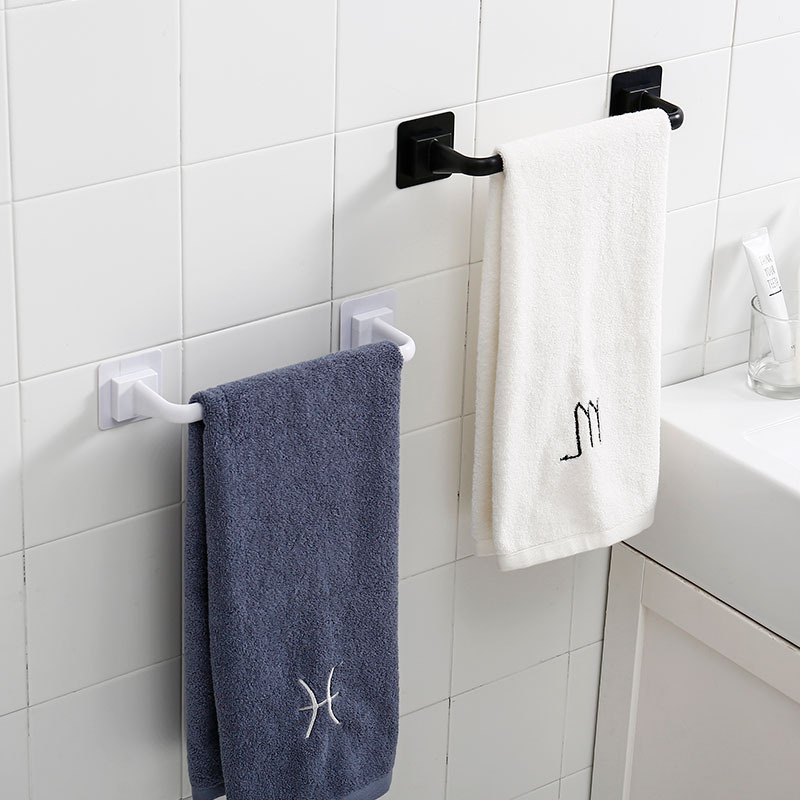
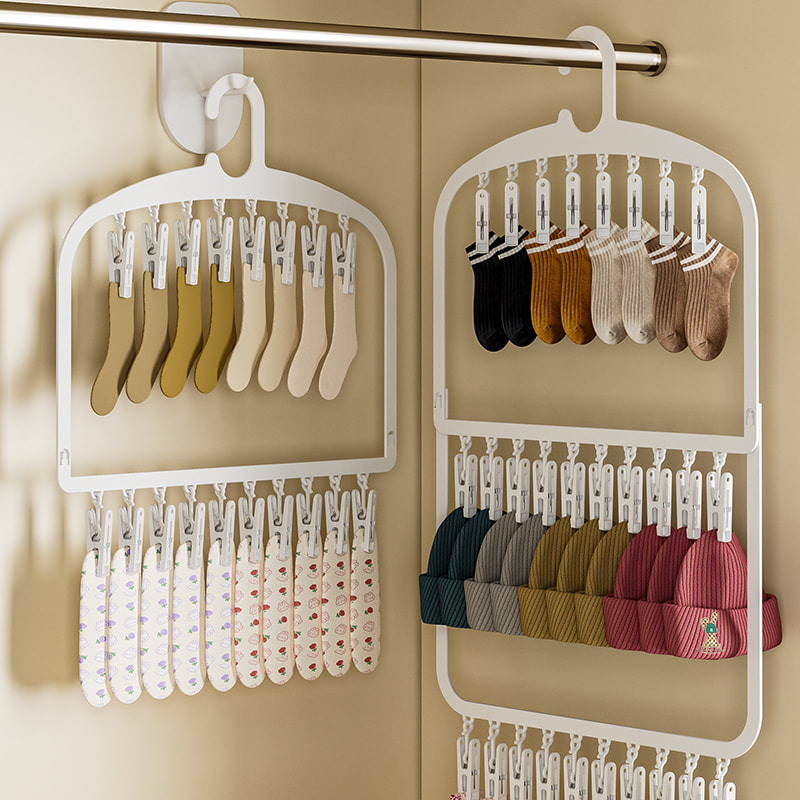
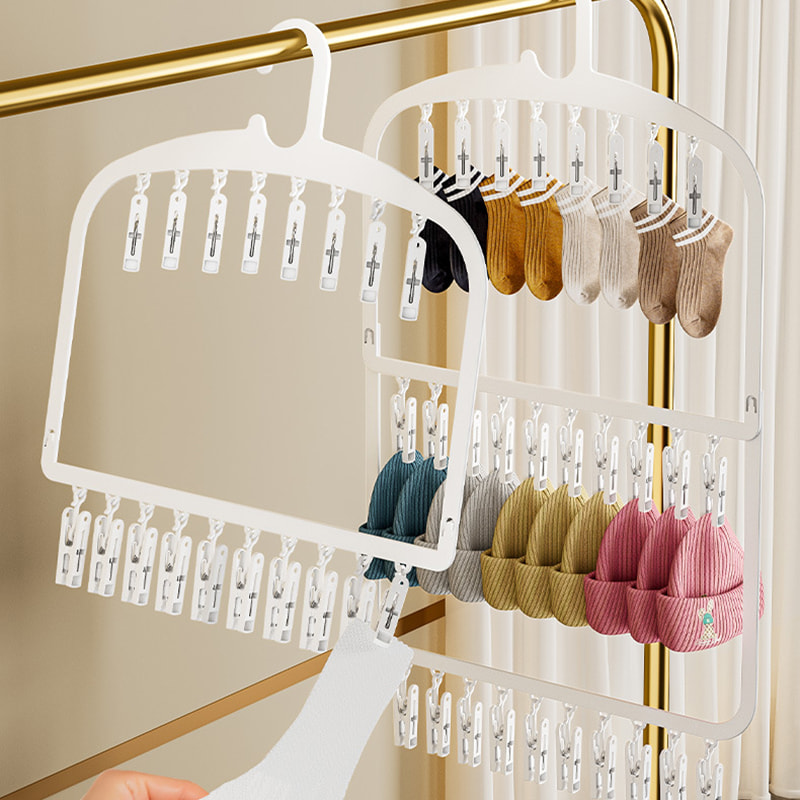
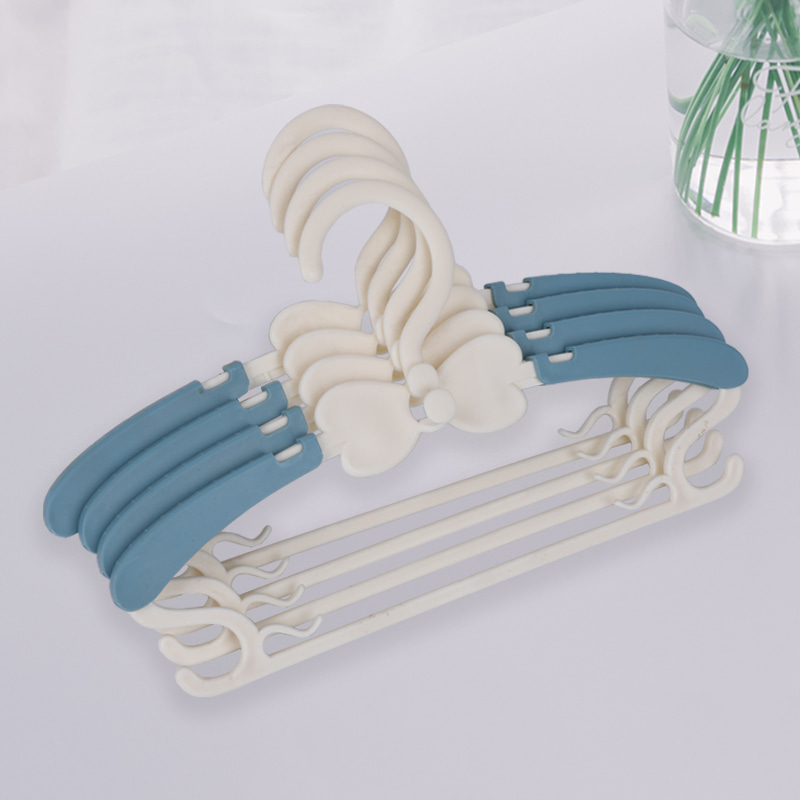
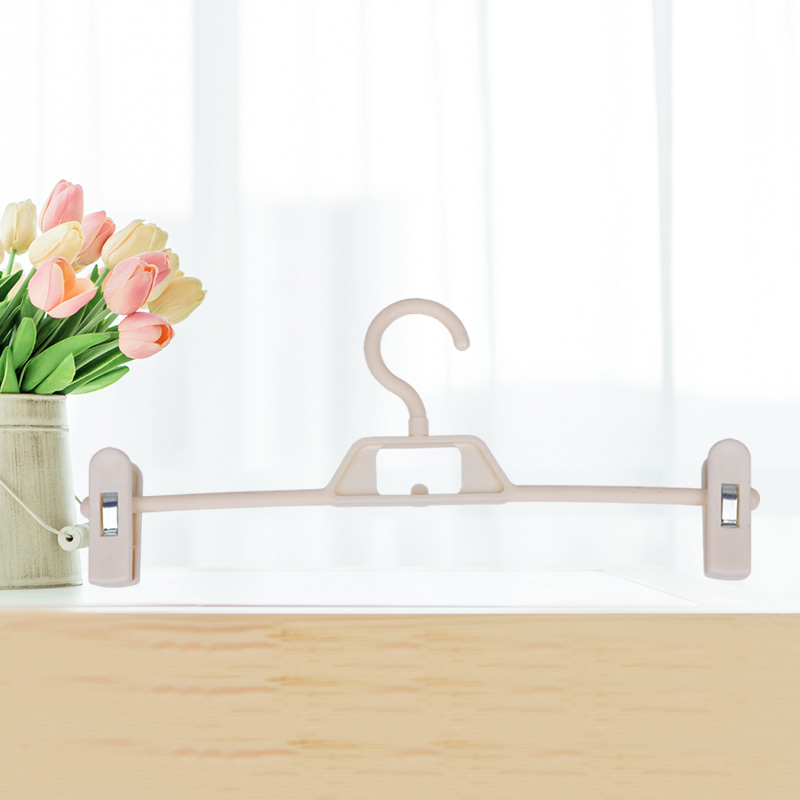

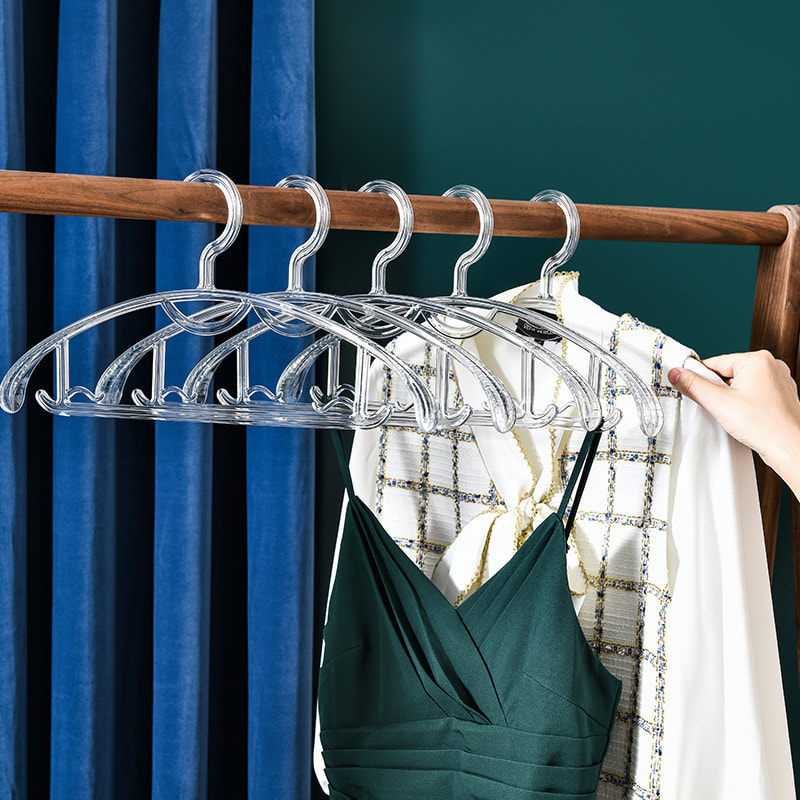
 Phone
Phone
 Email
Email